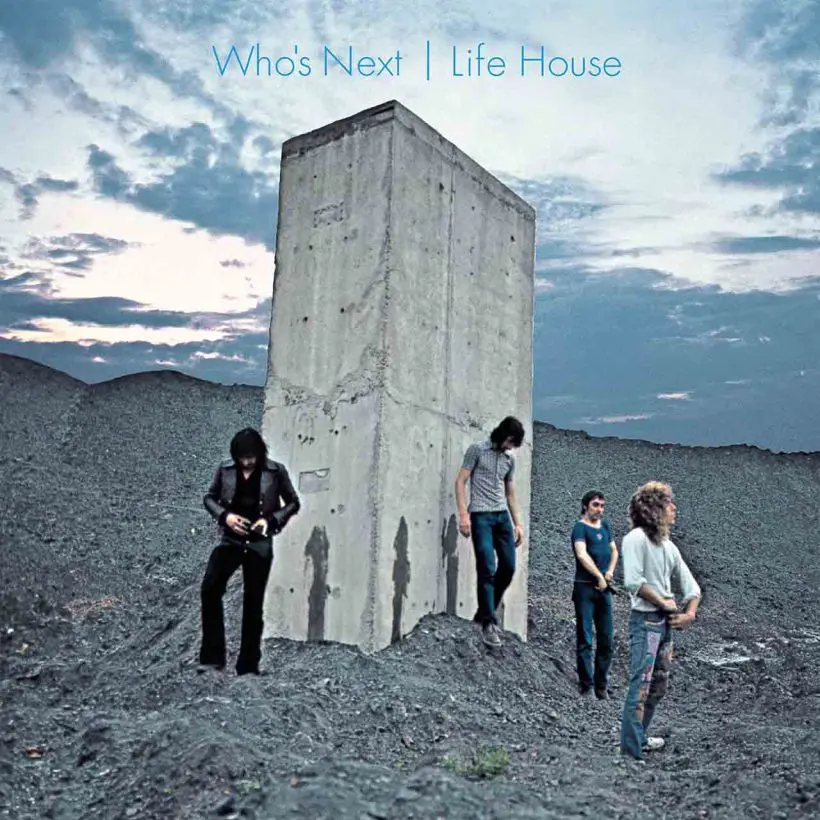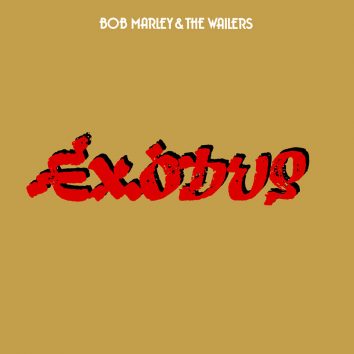‘Behind Blue Eyes’: The Story Behind The Who’s Song
Both tender and tough, the song is an emphatic depiction of a struggle for mental balance.

On June 9th, 1970, The Who were in Denver, Colorado, having played a storming 27-song show in the city’s Mammoth Gardens. They were at the peak of their popularity, reaping the rewards of the remarkable success of their 1969 concept album, Tommy.
After the show, guitarist and songwriter Pete Townshend was confronted by an amorous female fan, and despite being married, considered returning her advances. Ultimately, he retired to his hotel room alone, overwhelmed by the moral judgments of his spiritual guru, Meher Baba.
Order The Who’s “Behind Blue Eyes” as part of the new edition of Who’s Next I Life House now.
Baba, an Indian sage who upheld that real life was an illusion and taught followers that divinity could only be achieved through true consciousness, considered drug-taking and sex diversions from one’s journey to realize God. Townshend recognized he’d almost succumbed to temptation, and began writing a prayer to help strengthen his resolve. “If my fist clenches,” he wrote in it, “crack it open.”
Life House
Around this time, Townshend was formulating the storyline for Life House, a rock opera he conceived as The Who’s follow-up to Tommy. Its abstract themes were inspired by the teachings of Meher Baba, and the texts of Sufi master and philosopher Inayat Khan, who considered music an essential medium for spiritual development and wrote of the link between sonic vibrations and the human condition. Attuning oneself to music, Khan believed, puts you in harmony with life.
This fed into Townshend’s vision of a futuristic fantasy, wherein people, driven indoors by a climatic catastrophe and a tyrannical government that deprived them of all recreation including religion and music, were administered with artificial reality experiences through intravenous tubes. “In a way, they lived as if they were in television programmes. Everything was programmed,” Townshend explained. “The enemies were people who gave us entertainment intravenously, and the heroes were savages who’d kept rock ‘n’ roll as a primitive force and had gone to live with it in the woods.”
Townshend proposed for Life House to be a double album, a movie, and an immersive live experience, and duly set about writing songs that would illustrate its elaborate narrative.
The song’s context
The story’s principal hero is Bobby, a hacker who infiltrates the government’s mainframe (known as The Grid) to inform people of Life House, a rock ‘n’ roll happening that will liberate attendees from their “forced hibernation” with a universal chord that resonates with each individual’s harmonic frequency. His arch nemesis is Jumbo, the imperious controller of The Grid, who leads his security forces to close down Life House.
Townshend had originally claimed that “Behind Blue Eyes” was written as Jumbo’s theme; the villain’s song of contrition upon realizing the error of his brutal regime. “He kind of reaches an emotional crisis in his life, and he looks at himself in the mirror, and sings this song,” Townshend said. “It’s a point at which the baddies don’t seem quite so bad, they’re just lost.”
Later, however, he pivoted to say the song was for Brick, a one-time disciple of Bobby who betrays him by attempting to shut down Life House, and is a study of his own values system after proving so disloyal. Either way, the portrait Townshend paints of a social outcast grappling with ethics and identity is made immediately explicit in the opening lines: “No one knows what it’s like / To be the bad man / To be the sad man / Behind blue eyes.”
Recordings
As was standard with Townshend’s songs for The Who, “Behind Blue Eyes” began as a demo recorded in his home studio. “I remember my wife saying she liked this one from the kitchen below after I had finished the harmony vocals,” he recalled. The wistful vocals and gentle acoustic fingerpicking neatly reflect the protagonist’s distress, but it was not intended to be the finished version, merely serving as a guide for the group to interpret. (This recording would eventually appear on Scoop, Townshend’s 1983 collection of demos.)
The first sessions for the Life House songs took place at the Record Plant in New York in March 1971, where a version of “Behind Blue Eyes” was cut with Al Kooper on organ, but these recordings were ultimately considered unsatisfactory. Townshend then took the tapes to famed Rolling Stones/Beatles producer Glyn Johns. Unfortunately for Townshend, Johns was perplexed by the Life House premise too, but was impressed enough by the recordings to propose a new idea. “I suggested we should go in and make an album,” said Johns. “Because they didn’t need a story to carry the songs, they were good enough as they were.”
Glyn Johns convinced Townshend to not only salvage Life House’s strongest cuts and present them without context as a single studio album, but also that they should scrap the New York tracks and re-record them from scratch. When work began at Olympic Studios in Barnes in April 1971, The Who noticed the sonic differences right away. “Every time we went back in,” Townshend recalled, “we were just getting astounded at the sounds that he was producing.”
Final recording
When it came to tackling “Behind Blue Eyes,” Roger Daltrey was all too prepared to inhabit the song’s profound emotional sentiments, having that very day endured an unbearable personal tragedy. “My dog got run over, the first dog I ever had,” he’d say. “I was desperately trying to hold it together.”
Daltrey’s grief injects his vocals with an intensity far outweighing Townshend’s demo. Over Townshend’s arpeggiated minor chords and bassist John Entwistle’s subtle accompaniments, Daltrey’s delicate delivery reveals the character’s mental fragility. “But my dreams they aren’t as empty,” he implores, “as my conscience seems to be.”
The tenderness of the song’s first half, sustained in Townshend and Entwistle’s soaring backing vocals, is shattered suddenly – a little over two minutes in – by the arrival of Keith Moon, with crashing cymbals, gunfire snare drums, and Townshend’s ringing electric guitar and brutal power chords heralding the more aggressive side of Brick’s personality crisis.
Brick’s first words of this part, expressed in suitably gruff style by Daltrey, find him pleading for a sense of equilibrium and are reclaimed from Townshend’s own devotional prayer written the year before. “When my fist clenches, crack it open,” Daltrey growls, ‘before I use it and lose my cool / When I smile, tell me some bad news / Before I laugh and act like a fool.”
The release
When the album, Who’s Next, was released in August 1971, its instant critical and commercial success unquestionably validated the difficult decision to forego Life House. (Townshend would finally present Life House as a radio play in 1999, releasing the comprehensive Life House Chronicles box-set the following year.) “It became a real organic Who album,” noted Daltrey, fully appreciating the album’s powerful punch, and the united vision it so capably captured. The album hit No.1 in the UK, while in the US it would be certified triple platinum, peaking at No.4 in a 41-week chart run.
“Behind Blue Eyes” was the second single to be released from the album (after “Won’t Get Fooled Again”), but when it arrived that October, it was only in France, Belgium, the Netherlands, and the US. Townshend had denied a British release, claiming the song’s sensitivity was “too much out of character” from what fans there had come to expect from The Who.
The single only managed No.34 in the US, but its reputation has over the years far outgrown its sales figures. Now considered a masterpiece, “Behind Blue Eyes” is an exhilarating and evocative study of identity and reason that considers the importance of spiritual balance – an incredibly relevant concern today, where mental health is a pressing global matter.
“It seems to resonate as a song about the way we decide ourselves,” Townshend recently said, “the way we betray ourselves, the way we live life that could be a lie, the way that the most difficult thing of all is to be honest with ourselves, and that we hide behind the way that we look – whether we look beautiful or whether we look ugly, we hide behind the way we look often.”
Famous fans
Despite “Behind Blue Eyes” being one of The Who’s signature tunes – it’s their third most-played song on stage – others have attempted to render their own interpretations of its mercurial magnificence. Sheryl Crow’s slick version came out in 2001, while in 2003, most notably, Limp Bizkit made it a Top 20 hit in the US and UK.
The song was also particularly meaningful to a young and aspiring Irish songwriter named Paul Hewson, becoming a gateway to his blossoming artistry.
“In amongst the din and the noise, the power chords and the rage, there’s another voice,” said Hewson, later known to the world as Bono, lead singer of U2. “‘No one knows what it’s like behind blue eyes…’ And the beginnings of what I would discover is one of the essential aspects for me – and why I’m drawn to a piece of music – which has something to do with the quest. The sense that there’s another world to be explored. I got that from Pete Townshend.”
Order The Who’s “Behind Blue Eyes” as part of the new edition of Who’s Next I Life House now.














